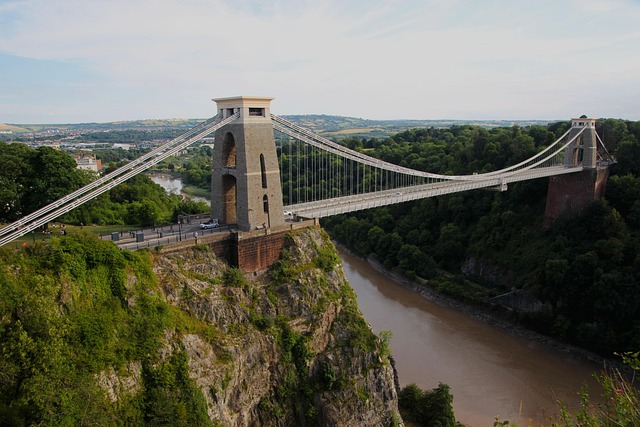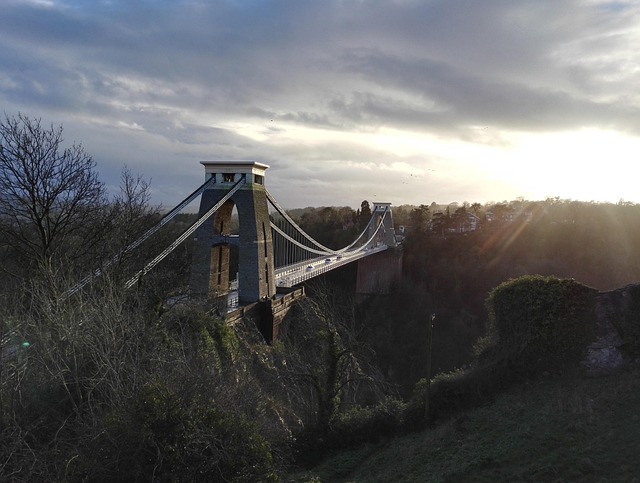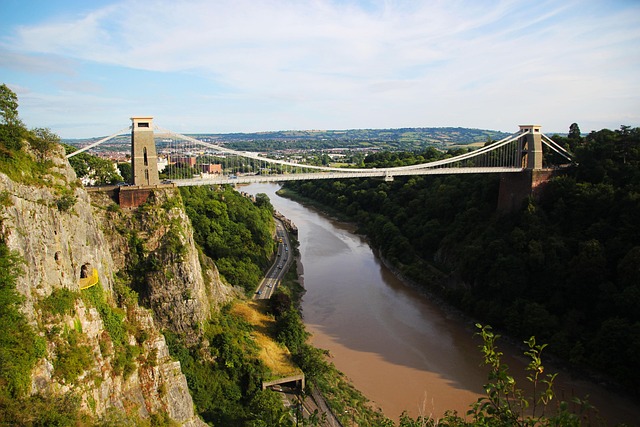Revitalizing historic mining sites in close-knit communities through restoration offers cultural preservation, real estate benefits, and economic growth. By transforming abandoned mines into educational spaces and community hubs, local governments attract diverse residents and tourists interested in industrial heritage, boosting demand for locally-based real estate while preserving the region's unique history and identity.
In many corners of the world, tight-knit communities are preserving their mining heritage with dedication and passion. This article explores three facets of this enduring legacy: how local efforts in Preserving History foster a deep connection to the past; the Real Estate opportunities that come from revitalizing historic sites; and the potential for Tourism and Education by unlocking the stories embedded in these mining communities’ rich history.
Preserving History: A Community's Commitment to Mining Roots

In the heart of a tight-knit community, a unique story of resilience and heritage unfolds, where the legacy of mining continues to shape the present. This small town, nestled among rolling hills, boasts a rich history deeply intertwined with its real estate—the very land itself bears the marks of its past as a bustling mining hub. The commitment to preserving this history is not just a nostalgic endeavor but a living testament to the community’s roots.
Locals take immense pride in their heritage, ensuring that the old mining sites are carefully maintained and turned into educational spaces. Old buildings, once bustling with miners’ lives, have been restored, attracting visitors eager to explore and learn about the region’s transformation. This dedication to preserving history through real estate showcases how a community can thrive while honoring its past, creating a harmonious balance between progress and tradition.
Revitalizing Spaces: Real Estate Opportunities in Heritage Sites

In many ways, revitalizing spaces within tight-knit communities is akin to a new lease on life for old mining heritage sites. These historical locations not only hold cultural significance but also present unique real estate opportunities. By transforming abandoned mines or forgotten buildings into vibrant community hubs, local governments and residents can create desirable living and recreational spaces while preserving the area’s rich history.
This process involves strategic planning, creative design, and collaboration among various stakeholders. The integration of modern amenities with historic architecture can attract a diverse range of buyers, from young professionals to families looking for a unique place to call home. Moreover, heritage sites often become magnets for tourism, boosting local economies and fostering pride within the community.
Unlocking Potential: Tourism and Education through Mining Past

The rich mining history of a tight-knit community presents an exciting opportunity for both tourism and education. By unlocking the stories and memories embedded in their past, this close-knit group can attract visitors interested in learning about the region’s industrial heritage. Tours focusing on former mines, historical exhibits showcasing tools and techniques, and interactive programs that engage locals and outsiders alike can breathe new life into these forgotten sites.
This cultural renaissance not only preserves the community’s identity but also boosts local real estate. As tourists are drawn to experience the area’s unique history, demand for accommodations and attractions increases, fostering economic growth. Moreover, educational initiatives targeting schools and universities can position this community as a living museum, inspiring future generations to appreciate and protect their shared mining legacy.






